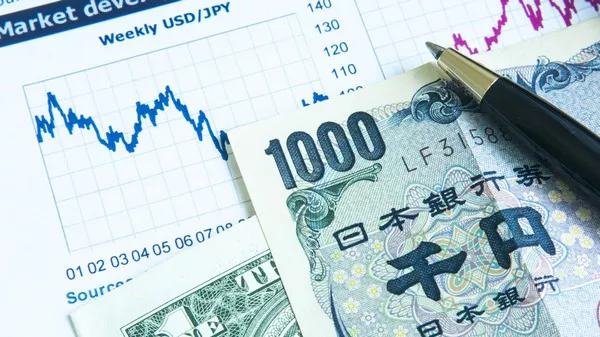In the world of forex trading, understanding and calculating pips is a fundamental skill that every trader must possess. Pips, short for “percentage in point,” represent the smallest price movement in the exchange rate of a currency pair. While calculating pips in most currency pairs is straightforward, Japanese Yen (JPY) pairs present a unique challenge due to their different decimal placement. In this comprehensive guide, we will explore the intricacies of calculating pips in JPY pairs and provide you with the knowledge to navigate this aspect of forex trading effectively.
What Are Pips, and Why Are They Important?
Before we delve into the specifics of calculating pips in JPY pairs, let’s establish a solid foundation of what pips are and why they are crucial for forex traders:
1. What Are Pips?
Pips are the smallest price increment by which a currency pair can move. They are typically represented as a decimal point or fraction of a cent.
Pips are used to measure price changes and determine profits or losses in forex trading.
In most currency pairs, one pip is equal to 0.0001, or 1/100th of a percent. For example, if the EUR/USD pair moves from 1.1000 to 1.1001, it has moved one pip.
2. Why Are Pips Important?
Pips are essential for measuring price movements, setting stop-loss orders, and calculating potential profits or losses.
Traders use pips to determine the risk-to-reward ratio of a trade and make informed decisions about their trading strategies.
Understanding pips is fundamental for risk management and accurately assessing the potential gains or losses in a trade.
Calculating Pips in JPY Pairs
Calculating pips in JPY pairs differs from other currency pairs due to the unique decimal placement of the Japanese Yen. In most currency pairs, the fourth decimal place represents one pip. However, in JPY pairs, the second decimal place represents one pip. Let’s break down the process:
Step 1: Identify the JPY Pair
When working with JPY pairs, identify the currency pair in question. For example, let’s consider the USD/JPY pair.
Step 2: Examine the Exchange Rate
Look at the exchange rate of the currency pair. For example, if the USD/JPY pair is trading at 110.50, this is the current exchange rate.
Step 3: Calculate the Pip Value
To calculate the pip value, identify the difference between the current exchange rate and the previous rate.
In this example, if the USD/JPY pair moves from 110.50 to 110.51, it has moved one pip.
The pip value is found in the second decimal place, which is 0.01.
Step 4: Calculate the Position Size
To determine the value of one pip in terms of your position size, you need to know the size of your trade (in lots).
Step 5: Multiply for the Pip Value
Finally, to calculate the monetary value of one pip, multiply the pip value by the position size.
Example Calculation
Let’s illustrate the process with an example:
Currency Pair: USD/JPY
Exchange Rate: 110.50
Pip Movement: From 110.50 to 110.51
Pip Value: 0.01
Suppose you have a trade with a position size of one standard lot (100,000 units of the base currency, which is the USD in this case).
Pip Value: 0.01
Position Size: 1 standard lot (100,000 units)
Now, calculate the monetary value of one pip:
0.01 (Pip Value) * 100,000 (Position Size) = 1,000 JPY
So, in this example, one pip in the USD/JPY pair is worth 1,000 Japanese Yen.
Risk Management and Pips
Understanding pips and how to calculate them is integral to effective risk management in forex trading. By knowing the value of each pip in your trades, you can set appropriate stop-loss orders, determine position sizes, and evaluate the risk-to-reward ratio of your trades. This knowledge empowers you to make informed decisions and mitigate potential losses.
Conclusion
Calculating pips in JPY pairs requires an adjustment due to the unique decimal placement of the Japanese Yen. By mastering this calculation, forex traders can confidently navigate JPY pairs and incorporate them into their trading strategies. Remember that pips are a universal language in the world of forex trading, and a solid grasp of this concept is essential for success in the dynamic and rewarding forex market.


